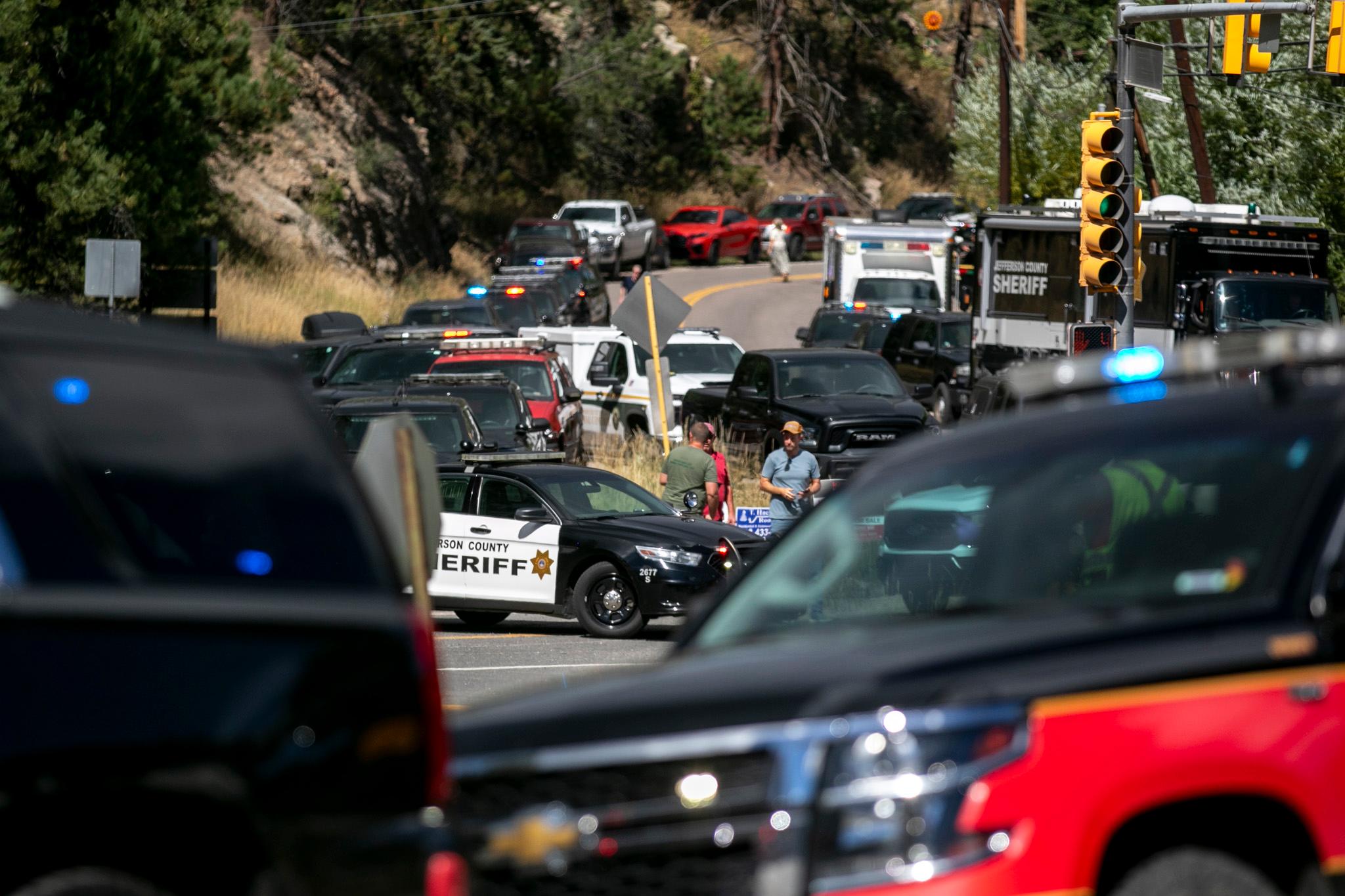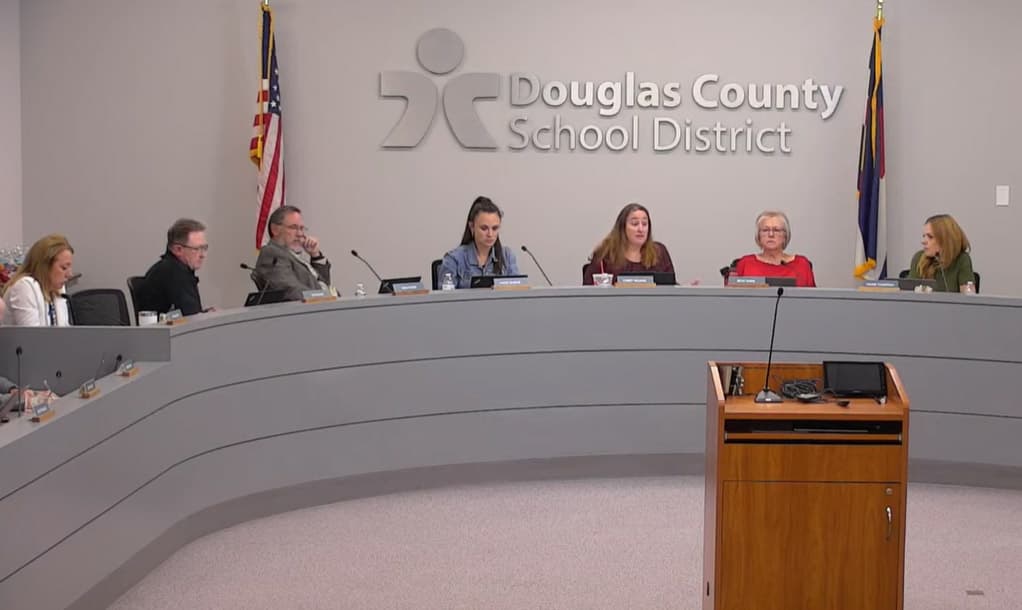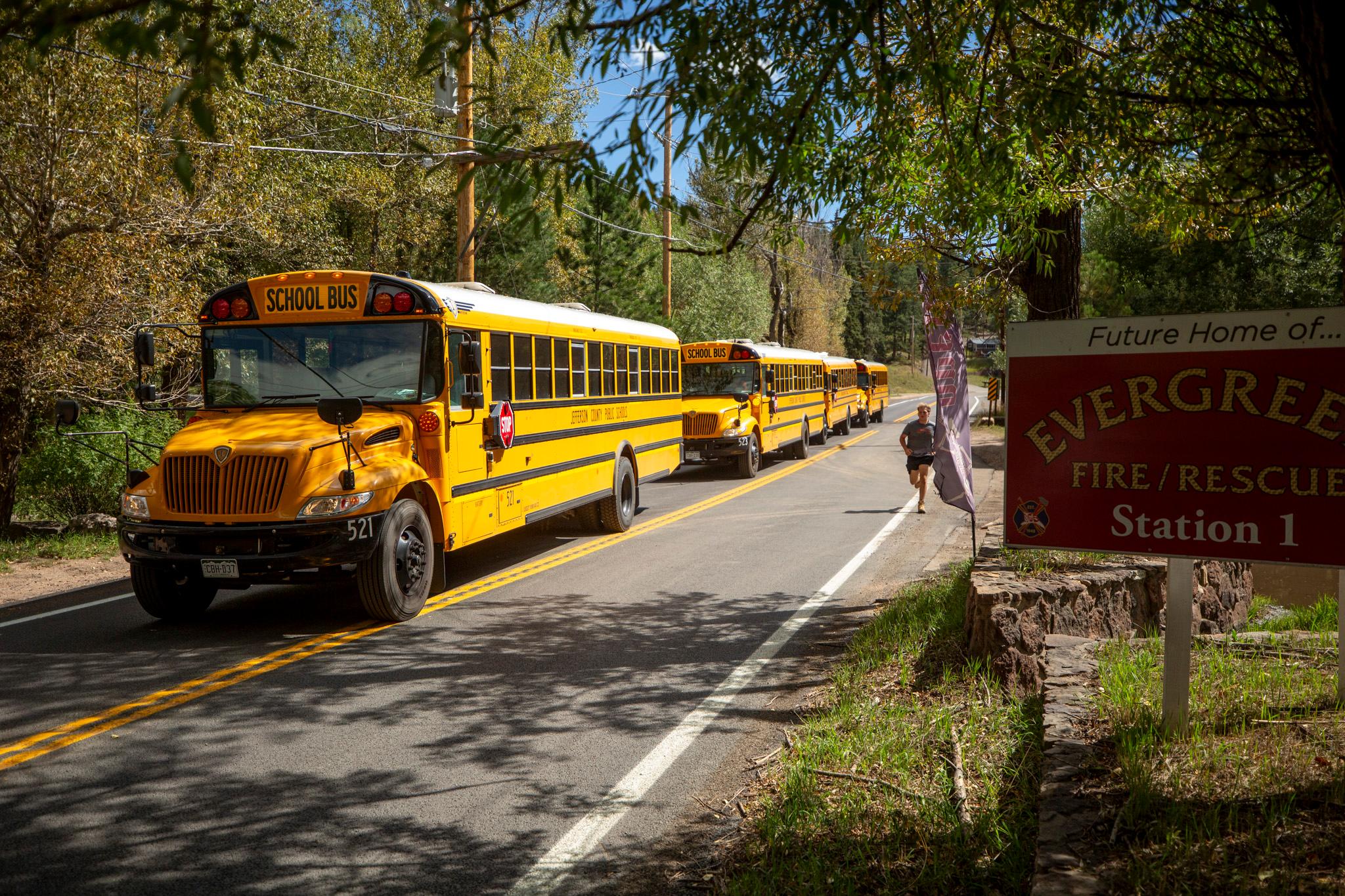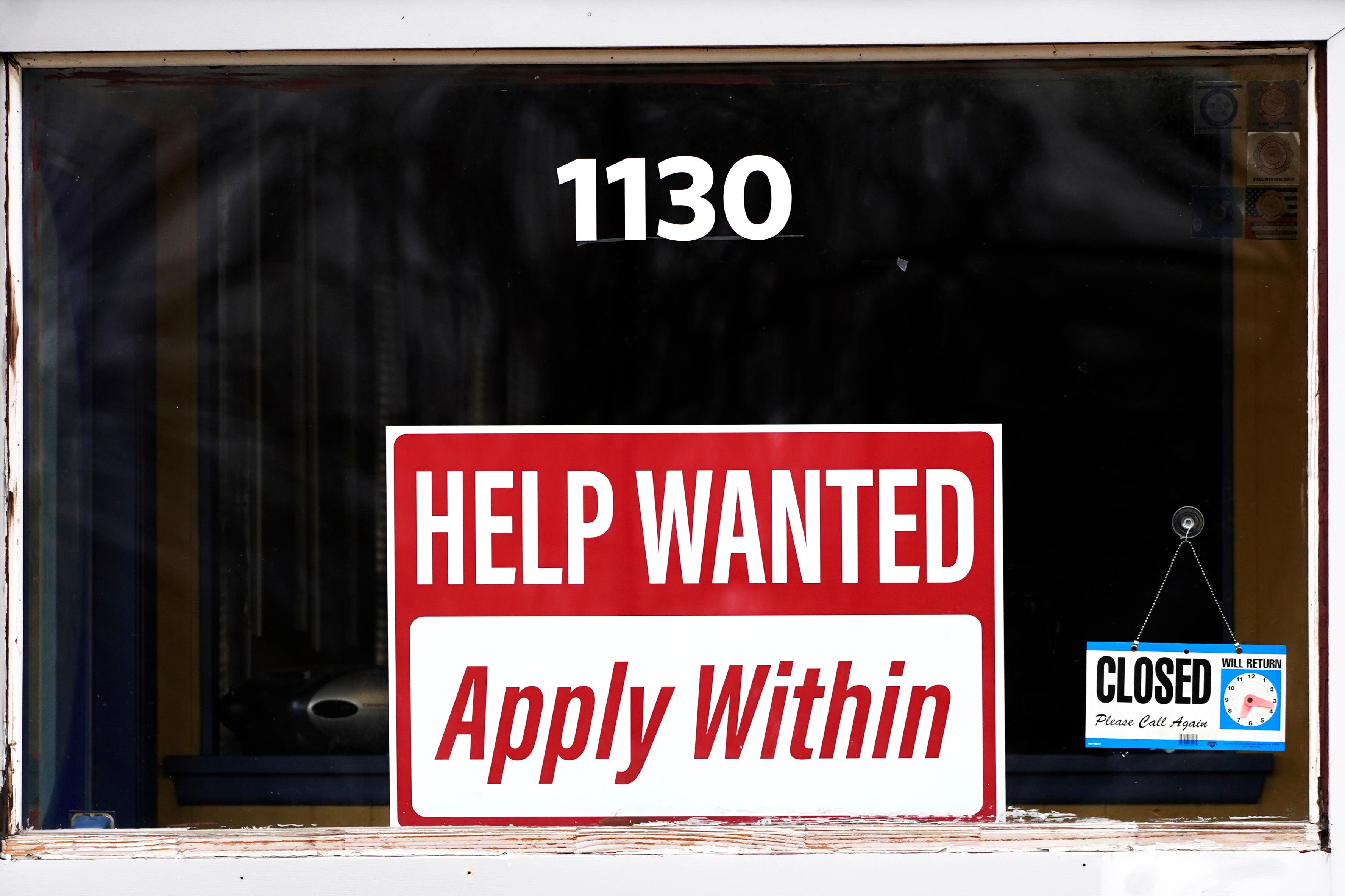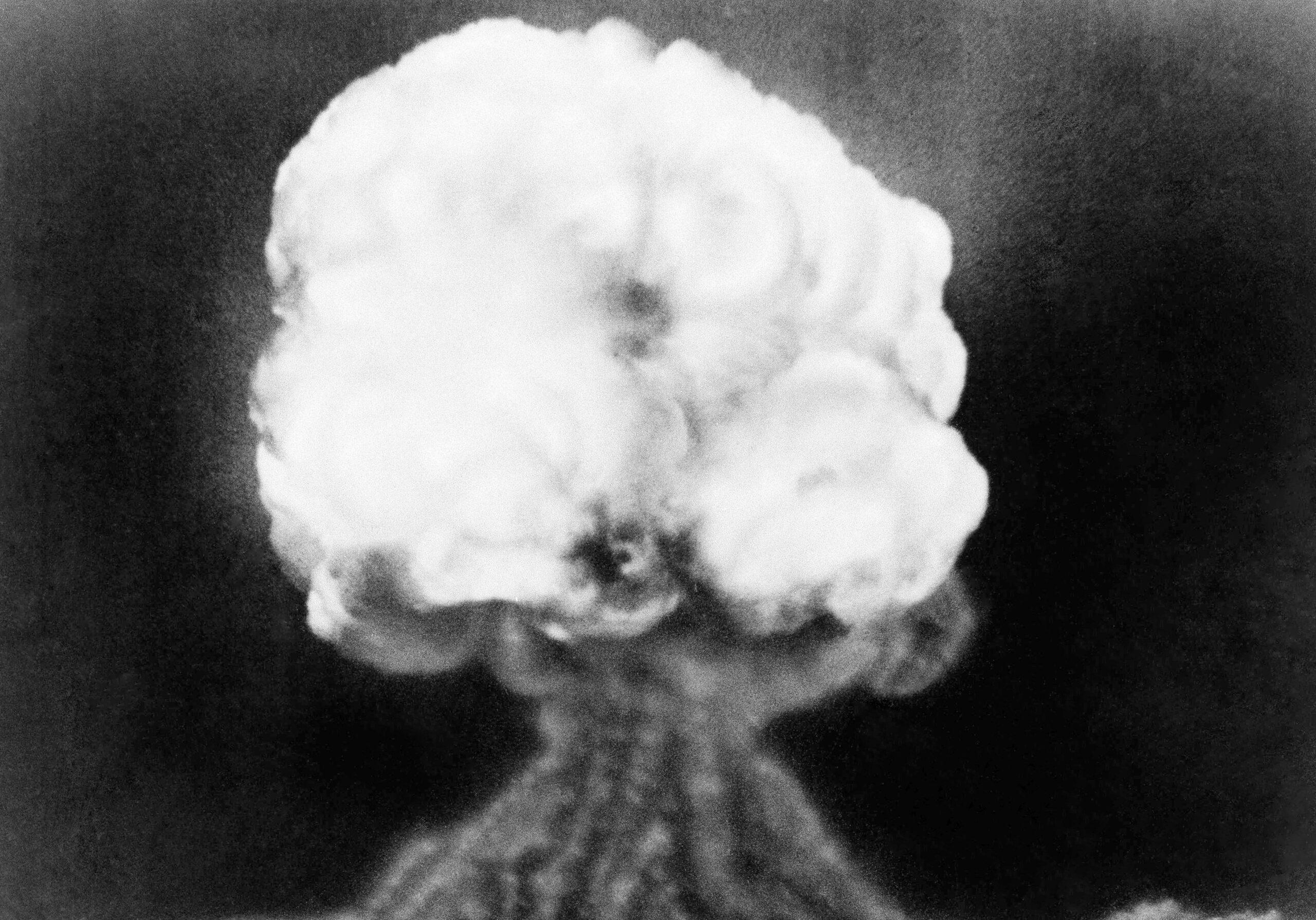
Families, activists and legislators are pleading with House of Representatives Speaker Mike Johnson this week to allow a vote on the Radiation Exposure Compensation Reauthorization Act.
RECA aims to expand and extend compensation for tens of thousands of people exposed to radiation through the U.S. nuclear weapons program. Such families are known as “downwinders” because many were exposed to radiation via blowing fallout.
A supermajority of 69 senators, including Sen. Michael Bennet and Sen. John Hickenlooper of Colorado, voted to pass the bill in March. However, despite bipartisan support, the bill stalled once it reached Speaker Johnson’s desk, where it expired in June.
The standstill has left families without funding for screenings or treatment for radiation-related illnesses.
“Coloradans risked their lives to mine the uranium that powered the Manhattan Project during WWII and nuclear deterrence during the Cold War. They deserve compensation for their sacrifice,” said Hickenlooper in an email. “RECA has passed the Senate twice. The longer the House waits to vote, the longer they prolong the wrongs these Americans have endured.”
RECA beneficiaries were previously entitled to health care coverage and a one-time, $50,000 - $75,00 payment from the federal government. Those payments would increase to $100,000 if the act is reauthorized.
Previously, the payments were only available to people exposed to radiation while working in specific parts of Nevada, Utah and Arizona. The updated bill would broaden that scope to include people from Colorado, New Mexico, Idaho, Missouri, Montana and previously excluded areas of Nevada, Utah, Arizona, and Guam. It would also extend benefits to include a wider category of covered workers and their families.
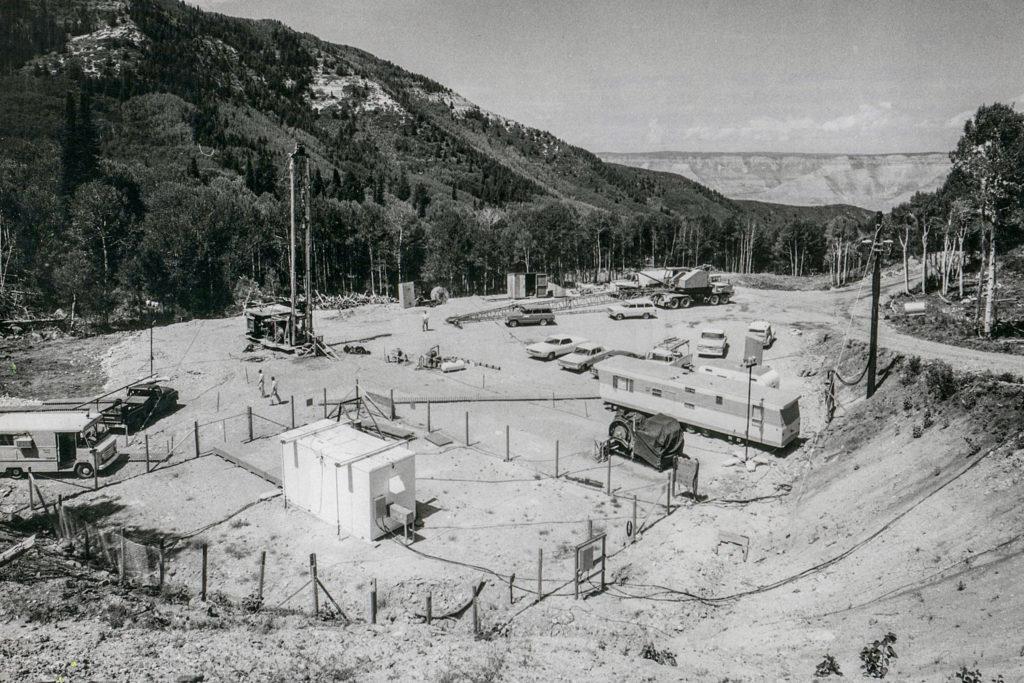

“Our legislation will fix the injustices that occur in the south, in the west, in Democrat and Republican districts, because there is no divide on this, we are all together,” said Rep. Teresa Leger Fernández at a press conference Tuesday.
Ledger Fernández represents New Mexico’s third congressional district, which runs along Colorado’s southern border. She joined constituents from the southwest who traveled nearly 40 hours by bus to make their case before Congress.
“They came to work for a program which the United States deemed essential for our national security. You gave your lives, you gave your bodies, you gave your families to the United States security, and we have left you without the support you deserve. Shameful” she said.
An estimated 14 percent of the uranium used during the Cold War for nuclear weapons development came from mines spread across the Four Corners region. Those same mines continued to produce radioactive substances for decades, exposing uranium miners like Ron Pene of Southern Colorado to toxins without their knowledge.
“I am suffering from lung cancer in both lungs,” said Pene in a phone interview. “They've taken 40 percent of each lung. I've had lung cancer on my vocal cords. I'm a fighter. I don't ever give up.”
Pene said that during the 1970s, there was still a severe lack of transparency about the risks of working in the mines.
“We did not know the dangers,” he said, remembering entering mine shafts deep underground. “That was the best money around. That's why we worked in the mines to feed the families, to buy something nice for the kids, but now we're paying for it.”
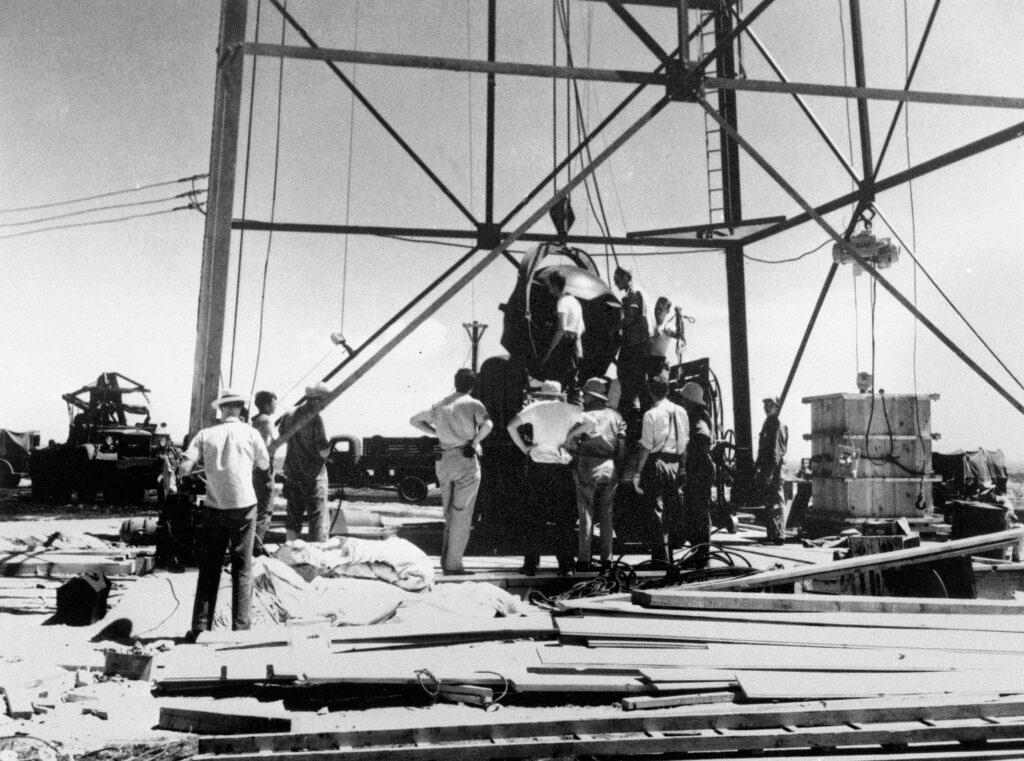

In addition to those working in the mines, testing at the Trinity Site and elsewhere exposed communities to radioactive fallout, something that can cause cancer not just for those exposed, but for their children and grandchildren.
A group of 14 attorneys general, including Colorado’s Phil Weiser, signed a letter in August 2023 voicing support for RECA’s reauthorization. The top prosecutors cited the work of researchers who mapped radioactive fallout from nuclear weapons tests in the U.S., starting with the Trinity Test in 1945.
Their model showed the explosions carried out in New Mexico and Nevada between 1945 and 1962 led to widespread radioactive contamination, with fallout reaching 46 states, as well as parts of Canada and Mexico.
Colorado itself was the site of multiple nuclear weapons tests during the Cold War, including Project Rulison in 1969 and Project Rio Blanco in 1973. Both tests focused on how atomic bombs could be incorporated into fracking projects.
“Let's base [RECA compensation] on facts. Let's base it on people's lives,” said Pene, echoing the pleas from members of Congress in Washington.
Downwinders have filed more than 54,000 health care claims since the compensation program began in 1992, resulting in about $2.6 billion of medical assistance from the federal government.

